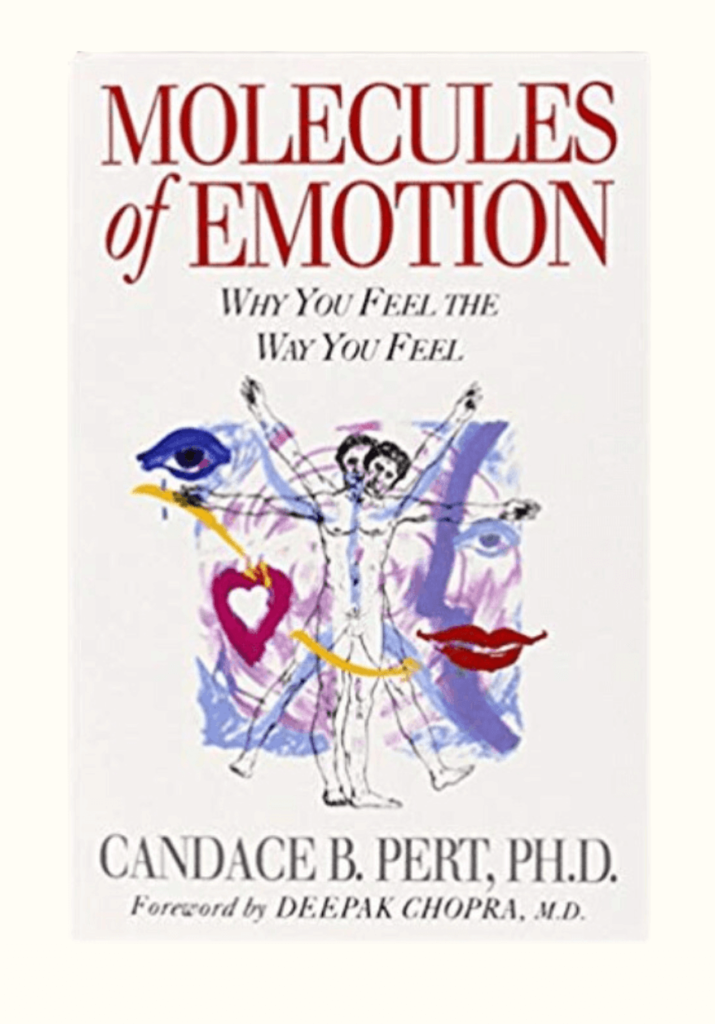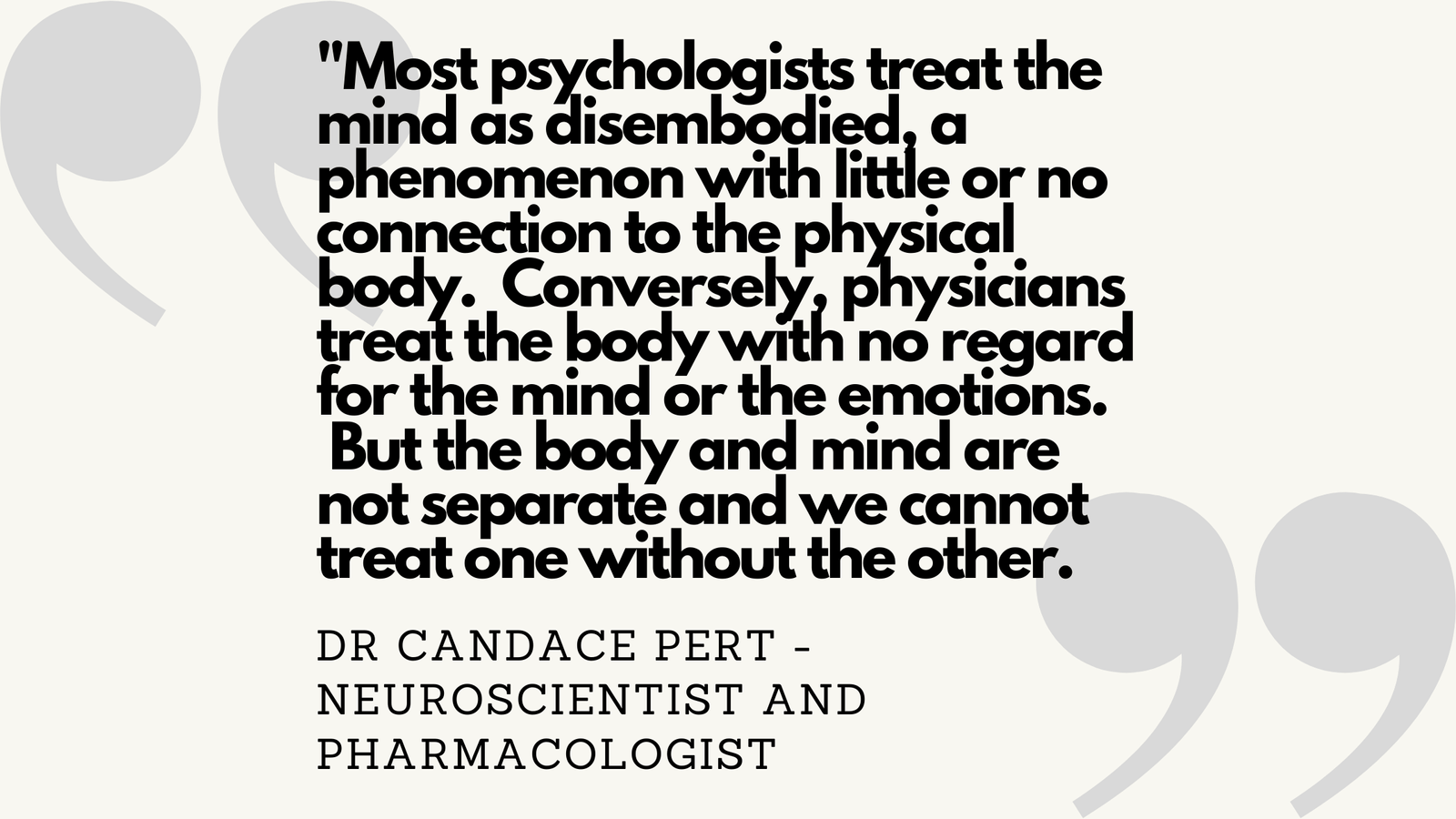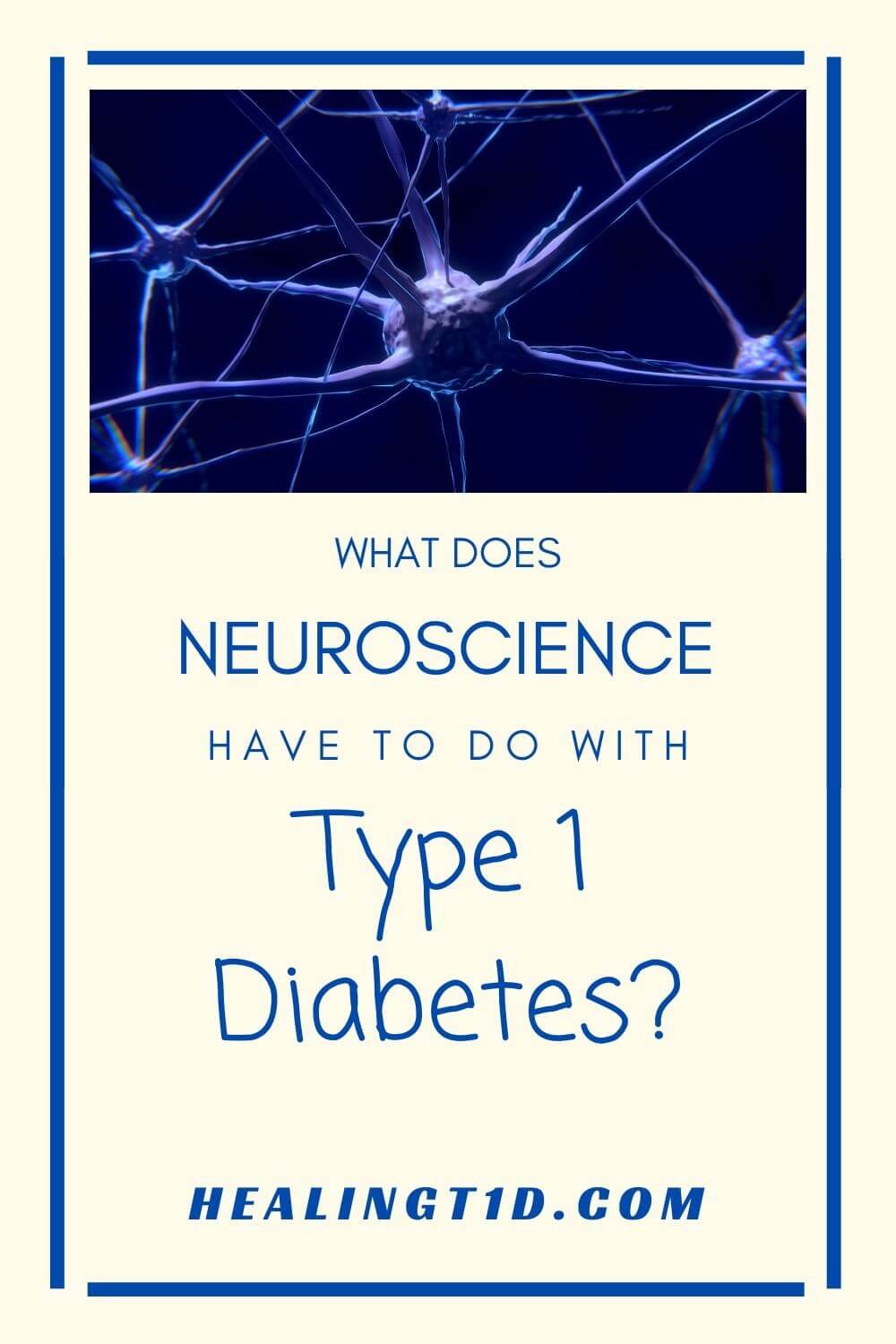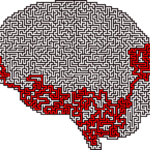Showing How Neuroscience Highlights The Fundamental Connection Between Emotions and Physical Health

Candace Pert’s book ‘Molecules of Emotion’ [1] has revolutionised my understanding of my Type 1 Diabetes. I first read this book whilst I was at university (as a mature student!!) and was blown away by the concepts in it. This book truly inspired me to start thinking that healing Type 1 Diabetes is possible.
Who Was Candace Pert?
The Psychosomatic Network

Emotions in the Psychosomatic Network
Pert has conducted a large amount of research on the role of neuropeptides in the brain, particularly in the limbic system. The limbic system is responsible for attachment, affect regulation and aspects of emotional processing.
Two of the main components of the limbic system are the amygdala and the hypothalamus. These two brain regions have been found to have neuropeptide receptors that exist in a density forty times higher than that in other areas of the brain [5].
Emotions Influencing The Immune System
What is particularly interesting for me is when Pert [5] discusses how she can no longer differentiate between not only the mind (emotions) and the body, but also between this combined psychosomatic (brain/body) network and the immune system. Neuropeptides have been found to penetrate the immune system, as much as the endocrine and nervous systems, existing in mutual close physical and communicative contact [7].
Specifically, emotion-affecting neuropeptides, like insulin, have been found to directly control the routing and migration of monocytes, which are pivotal in the immune system. One of the roles of monocytes is to communicate with beta cells, which are responsible for making insulin in the pancreas.
Indeed, Pert [1] discusses how the cells of the immune system also possess receptors for neuropeptides and also make the neuropeptides themselves. In other words, the cells of the immune system are also producing and receiving the chemicals that are responsible for emotion.
Insulin as a Peptide
As I discussed in my post here, insulin has now been re-identified as a neuropeptide [8]. Pert [1] outlines two reasons for this:
- Insulin works in the body via the pancreas and this is a location where neuropeptide receptors have been found.
- In the brain, insulin has been found to be received by insulin receptors in the limbic system, namely the amygdala and hypothalamus.
Peptides Link the Mind and the Body
Neuroscience has proven that the mind and body are not disconnected entities but are, in fact, intrinsically related via the peptide network. This network brings emotions and the body into a direct relationship with each other.
Emotional strain, stress and trauma will have an impact on the body. Similarly, disequilibrium in the body (due to toxicity or illness, for example) will impact the emotions. Peptides are the units that carry this emotional information between the body and the mind. Insulin, being a peptide, therefore carries this emotional information bi-directionally between the body and mind.
The link between the physical body and the emotions is actually not a new idea. In the 1960s, Solomon & Moos [8] challenged the prevalent Cartesian dichotomy by highlighting how emotional states can significantly alter the course and outcome of biological illnesses previously considered to be purely somatic. However, whilst other autoimmune conditions were considered, diabetes was not under the microscope in that piece of research.

Understanding Type 1 Diabetes Anew
Candace Pert’s [1] neuroscientific work highlights how Type 1 Diabetes can no longer be understood as a purely physical condition. The body and mind are interrelated and therefore diabetes, like every condition that involves peptides, has both physical and mental components. This is really no surprise to the majority of diabetics. I myself know how the amount of insulin (and therefore the amount of glucose in my bloodstream) directly impacts my emotions. When I have high blood sugars, I am often angry. When I have low blood sugars, I can become tearful and feel unlovable.
Candace Pert’s work and my own personal experience strongly suggest to me that, in order to heal Type 1 Diabetes naturally, a combined mental and physical treatment plan must be implemented. Therefore, my approach to healing my Type 1 Diabetes will be multifaceted. Alongside the physical processes that I will be implementing over the next year or so, I also take care of my mental health via psychotherapy. I originally undertook it when I started suffering from anxiety and depression in my teenage years. I am now mainly free of anxiety and depression. However, I now use the therapeutic space to explore ways to heal my Type 1 Diabetes. I will talk about that more in a later post.
References:
- Pert, C. B. (1997). Molecules of Emotion: Why You Feel the Way You Feel. London & Sydney: Simon & Schuster. [LINK]
- Brüning, J. C., Gautam, D., Burks, D. J., et al. (2000). Role of brain insulin receptor in control of body weight and reproduction. Science, 289, 2122–2125. [LINK]
- Pert, C. B., Ruff, M. R., Weber, R. J., & Herkenham, M. (1985). Neuropeptides and their Receptors: A Psychosomatic Network. Journal of Immunology, 135(2), 820s-826s. [LINK]
- Pert, C. B. (2002). The Wisdom of the Receptors: Neuropeptides, the Emotions, and Bodymind. Advances in Mind-Body Medicine, 18(1), 30-35. [LINK]
- Pert, C. B. (1997). Molecules of Emotion: Why You Feel the Way You Feel. London & Sydney: Simon & Schuster, p. 33. [LINK]
- Blalock, J. E., Harbour-McMenamin, D., & Smith, E. M. (1985). Peptide hormones shared by the neuroendocrine and immunologic systems. Journal of Immunology, 135(2), 858-861. [LINK]
- Hendricks, S. A., Roth, J., Rishi, S., & Becker, K. L. (1983). Insulin in the Nervous System. In: D. T. Krieger, J. B. Martin, & M. J. Brownstein (Eds.), Brain Peptides. New York: John Wiley & Sons. [LINK]
- Solomon, G.F., & Moos, R.H. (1964). Emotions, immunity, and disease: A speculative theoretical integration. Archives of General Psychiatry, 11, 657-674. [LINK]



GET HEALINGT1D’S FUTURE ARTICLES IN YOUR INBOX!
Get the latest musings and findings straight to your email inbox.

Natalie is a blogger with Type 1 Diabetes. Natalie's special gifts are questioning the status quo and being a rebel. She is using these gifts to question medical 'knowledge' and find a true cure for Type 1 Diabetes.
Recent Comments:
- Sandra on Nutrition Update
- latestModapks on Daniel Darkes
- Natalie Leader on Daniel Darkes
- Senna on Daniel Darkes
- Sandra on High Blood Pressure





2 responses to “The Neuroscience of Diabetes”
Excellent article. I have not read Pert’s work. Thank you for the introduction. I am a follower of Joe Dispenza and Bruce Lipton and believe a new thought process regarding T1D is on the horizon.
Hi Liz,
Thank you for such a lovely comment! I am a big fan of Candace Pert’s book and hoped that some of my enthusiasm would be found in my writing. I am also a follower of Joe Dispenza and Bruce Lipton. Their work feeds brilliantly into Candace Pert’s findings – they all point to the same thing! I hope to write about both Joe Dispenza and Bruce Lipton at some point in the near future. All my best, Natalie